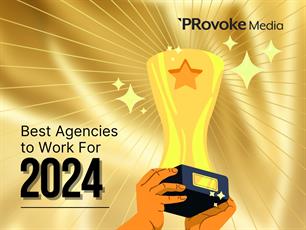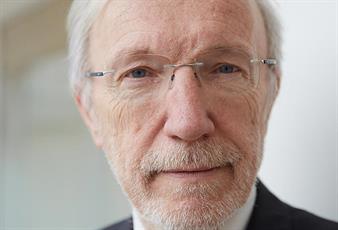Holmes Report 17 Sep 2014 // 5:00PM GMT
By Gina Joseph
On Day 3 of AMEC Measurement Week, Laura Grover, Laura A. Grover, Senior Digital Strategy Director of Quintiles, kicked off the morning sessions with a discussion on the role of social media within a regulated industry. In the case of Quintiles, which operates within the healthcare and pharmaceuticals field, special care must be be taken when it comes to social media strategy.
Session 1: Laura A. Grover, Quintiles
Grover brought up a few key points for PR pros in regulated industries to keep in mind when it comes to social media engagement and measurement:
Engage Less
Seemingly contrary to common social media strategy, organizations in a regulated industry may have to hold back on engaging their audience on social media. Because of the rules and guidelines that come with client-customer relations, Grover advised not to respond to comments or questions on social platforms. Instead, keep the conversation on moderated channels such as an owned website or a blog.
Leverage Key Players
Otherwise known as influencers, these are the people within your industry who have a relationship with your brand and are willing to spread your message on social. Since these key players are not part of your organization, they have more freedom to respond to social conversations and engage with your audience.
Monitor, Assess, Act
While directly engaging with your audience on social may be hard to do in a regulated industry, you can still monitor and assess the conversation. “Regulated industry is all about minimizing risk,” Grover said. Look for red flags—who is the client being named? Were products mentioned? Find out the reach of the person sharing the information on social to assess the damage.
Build a Response Matrix
Measure who is saying what on which channels, and build a matrix from this information in order to figure out the best way to respond. This includes which channels to use, what messages to send out and whom to reach. Grover said being able to figure out demographics and track where conversations are coming from allows PR pros to get their message across to the right people at the right time.
Session 2: Goal setting with K.C. Brown
Following Grover’s sessions, Cision’s K.C. Brown, general manager of Cision Global Analysts, got the audience involved by creating an impromptu panel to talk about goal setting. Each “panelist” was given a type of report (a prescription, a cell phone bill, an obituary and an annual report), and asked to explain the purpose of each one. The idea was to demonstrate the different methods for creating goals within an organization. It broke down like this:
Prescription: Just as a doctor would give a prescription to a patient depending on their medical needs, organizations can look at goal setting as a process of trial and error. The solutions can be different each time, and it takes adjustment to figure out what works the best to get the best result.
Cell phone bill: There is no story or explanation to a phone bill—it simply lists the charges and the amount due. This is another way to look at goals, similar to a clip book in PR. Compile everything that went into a campaign and the cost/result.
Obituary: This is what could also be known in the business world as a post-mortem. This is a discussion and report on what worked and what didn’t, and creating a positive look at what can be done for the next campaign.
Annual report: This gives a comprehensive analysis for stakeholders to make future decisions. It can be thought of as a benchmark in PR—it allows for an overall view.
Brown used this exercise to portray the first of the Barcelona Principles, which is goal setting. Before a goal can be set, there needs to be a method of determining which goals work for which campaigns.
Gina Joseph is a features writer and editor for Cision Blog, and is also the digital engagement manager for Cision’s marketing department. Follow her on Twitter at @Cision.


































.jpg)

















